Transmission Coolers

Types of Coolers
Tube and Fin
Fluid flows through tubes and transfers heat out to fins Copper tubing offers superior conduction Aluminum fins allow for maximum heat dissipation
Fins transfer that heat out into the surrounding air - greater airflow results in faster transfer
A tube and fin cooler is moderately efficient and often larger in size

Plate and Fin
Fluid spreads out along finned chambers to cool faster
Turbulators agitate fluid continuously to facilitate heat transfer and prevent pressure drop
A plate and fin cooler is very efficient and relatively smaller in size

Stacked Plate
Fluid spreads out over maximum surface area for superior cooling
Plate core can cool a greater volume of fluid faster than other heat exchangers
A stacked plate cooler is the most efficient and typically smallest in size

Transmission Cooler Location
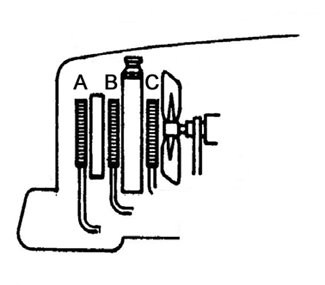
Other Mounting Options
Frame Rail Coolers
A frame rail cooler has a low profile design to fit on a vehicle's chassis Allows for extra cooling, even in crowded compartments Lacks the efficiency of other cooler kits

Pan Coolers
A pan cooler replaces the pan on your vehicle's transmission Uses the airflow beneath your car to cool the fluid in the pan Not recommended for vehicles that sit in traffic as ample airflow is required
Can result in a temperature drop of up to 50°

Remote-Mount Units
A remote-mount unit provides ultimate efficiency with a high-powered fan mounted to cooler - superior airflow no matter where you mount it Choice of heat-exchanger core lets you customize your cooler Tube and fin Plate and fin Stacked plate
Great for environments where steady airflow is limited - heavy traffic, off-roading
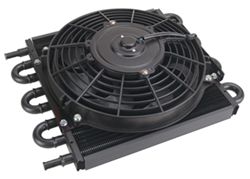
Connectors
AN to AN JIC to JIC SAE to SAE

Cooling Other Automotive Systems
Departments
Towing
- Trailer Hitch
- Fifth Wheel
- Gooseneck
- Towing a Vehicle
- Front Hitch
- RV Hitch
- ATV Hitch
- HD Truck Hitch
- Vehicle Wiring
- Brake Controller
- Ball Mounts
- Weight Distribution
Sports and Recreation
Trailer Parts
- Utility Trailer
- Boat Trailer
- Landscape Trailer
- Enclosed Trailer
- 5th/Camper Trailer
- Car Hauler
- Horse Trailer
Vehicle
Contact & Help



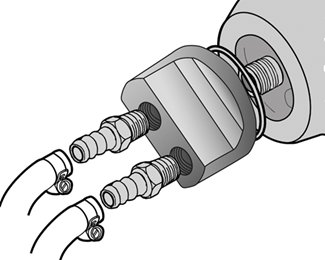













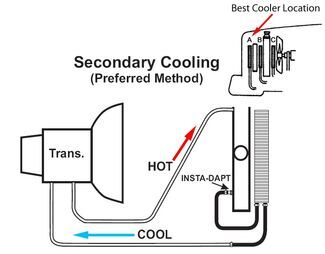

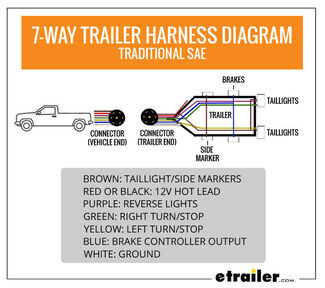
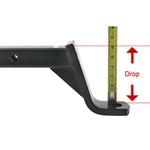

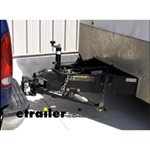

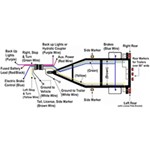
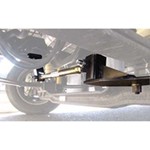
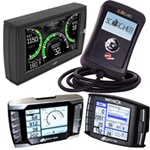

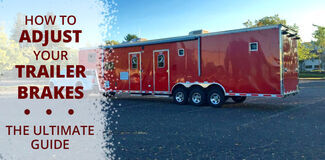
James S.
6/4/2021
There is no mention if there is any change in the amount of fluid to get a proper reading on dip stick.